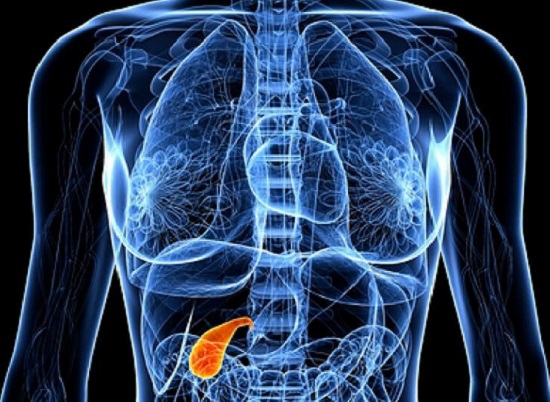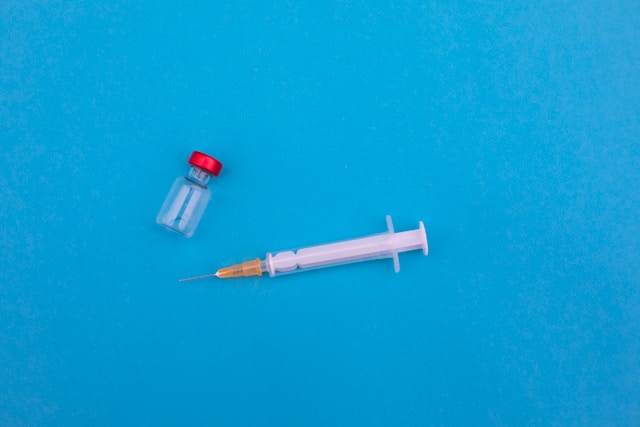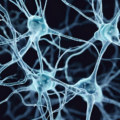Over the last several years the debate over whether the molecular mimicry observed in vaccines, viruses and other pathogens can evoke autoimmune disease has garnered considerable interest. The argument behind molecular mimicry is that if foreign pathogens like bacteria, viruses and vaccines are similar enough in structure or function to our innate, ‘self’ peptide sequences, they can evoke an autoimmune response in the exposed individual. This suggests that a molecular mimic contained in a pathogen is the Trojan horse that tricks the body into activating or over-activating an immune response. Recent reports suggest some evidence that this may be true. Other research suggests that the entire notion is fundamentally flawed. On which side one falls, rests upon how one understands immunity. Is the immune system an army that identifies self from non-self invaders and fends off the foreigners or is it a more finely tuned system that only activates when danger or damage is present?
Those in self-nonself camp, the more dominant of the two camps, would see a threat in the molecular mimics and link those to autoimmunity. Whereas the danger or damage theory proponents would argue that the presence or absence of molecular mimicry by itself means nothing unless the mimicked code evokes damage. Data can be found supporting either argument. For me, however, the danger/damage theory offers more potential utility in both diagnostic and therapeutic options going forward.
What is Molecular Mimicry?
Molecular mimics are snippets of protein code embedded within the pathogen that are either functionally similar and contain sequences of identical code to those found innately in humans, or structurally similar, and because of their shape can bind to and activate an immune cell receptor. The protein codes, called motifs, are instructions that govern all aspects of the cell’s activity levels, and indeed, our very health and survival. Some codes tell the cell to live and how to function, others tell the cell to die and even how to die.
Self versus Nonself. From the perspective of a self versus non-self proponent, when external pathogens contain protein motifs (code patterns) that mimic those of our internal and innate proteins, the immune system recognizes the foreign invader and attacks not only the dangerous pathogen, but the innate molecules that contain those same protein motifs too, evoking all sorts of damage to potentially many different tissues and organs. This occurs when there is structural similarity between the pathogen and immune cells as well. The pathogen slips in, binds to a receptor and initiates the inflammatory immune response. In either case, the immune response to the environmental pathogen results in a disease process identified as autoimmune – the immune system attacking itself.
Danger or Damage Theory. To the damage theory proponents, the molecular mimicry would mean nothing in and of itself, but becomes important when the mimicked code initiates deleterious activity. The immune system activity or hyperactivity identified as ‘autoimmune‘ by the self/nonself folks, would be indicative of a continued disease process and a failing immune system by the damage theory proponents.
The Case for Molecular Mimicry and Autoimmunity
The H1N1 flu vaccine Pandemrix triggered an outbreak of narcolepsy in Scandinavian children. Researchers found that proteins within Pandemrix vaccine mimicked both sequence code and structural similarities of innate proteins that then initiated immune system attacks on the hypocretin/orexin neurons. The hypocretin/orexin neurons are responsible for regulating wakefulness and known to be attacked and diminished in patients with narcolepsy. Molecular mimics within Pandemrix were shown to have triggered an immune system attack on those neurons.
Similarly, molecular mimicry has been suspected in the autoimmune diseases that emerge post Gardasil or Cervarix, the HPV vaccines. With the HPV vaccines, researchers have identified 82 pentamer (5) level mimics and 34 heptamer (7) level mimics in the HPV 16L component. The offending motifs control a variety of cell behaviors related to cardiac functioning, cell permeability and cell death. This finding led the researcher to postulate that the mimicked motifs controlling cardiac functioning could be culprits in the post HPV vaccine incidences of sudden death.
Molecular mimicry is also believed to be involved in the onset of Type 1 Diabetes, Lupus, Multiple Sclerosis and other diseases, including some neurological disease processes.
The Case Against Molecular Mimicry and Autoimmunity
In the field of proteomics researchers have identified massive overlap between the protein code embedded in viral and bacterial pathogens and vaccines and the ‘self’ suggesting that no human protein, not even one, is exempt from molecular mimicry. Indeed, in the most recent study of bacterial peptide motifs, researchers found that out of 36,104 bacterial proteins investigated, only 104 hepta (7) sequence proteins did not match. Mathematically, this is astounding because those 36,104 heptapeptides would produce 1,280,000,000 heptapeptide variants. Similar research investigating viral molecular mimics found considerable overlap in the protein codes between the human T-lymphotropic virus 1, Rubella virus, and hepatitis C virus, in the HPV virus, and of course, the most recent research identifying molecular mimicry associated with the flu vaccine and proteins that regulate wakefulness. If these molecular mimics are so common, how then do we explain the activation of ‘autoimmune’ disease in some individuals but not others?
Two Models of Immunity: Self versus NonSelf and the Danger or Damage Theory
Is immunity the battle between self or host immune armies whereby molecular mimicry represents the Trojan horse of the other, the foreign invader, tricking the host into attacking itself – autoimmune disease? Within this context, molecular mimicry is the threat. In contrast, if immunity is the successful battle between host functioning and host ill-functioning, then a threat exists only to the extent it can initiate damage. Here neither the foreignness, the non-self aspects of the threat, nor the Trojan horses of molecular mimics matter unless they exert damage.
With the flu vaccine, researchers showed that the molecular code embedded in the Pandemrix vaccine activated an immune response against the hypocretin/orexin neurons inducing narcolepsy, but only in those individuals that had a genetic mutation associated with narcolepsy. Whether the rash of post vaccine narcolepsy cases observed in general population was also triggered by unmasking latent genetic or environmental predispositions attacking those same neurons, remains unclear and has not been investigated.
What is clear is that the function of the mimicked code was to turn on a sequence of events that damaged the host’s wake/sleep neurons. The fact that the code was foreign did not make a difference, the fact that there were additional identical patterns of code in the vaccine may or may not have made a difference (the research is unclear), what was important was the function of these mimicked protein codes. In this case, those codes attacked the hypocretin/orexin neurons causing damage. Some individuals were able to fend off this attack and suffered no apparent damage while others were not and therein lies the problem.
If we assume, as the research is now suggesting, that molecular mimics are pervasive across all environmental pathogens, then we can no longer take this simplistic self versus nonself view of immune reactivity. Moreover, we can no longer ignore the functions of the viral protein motifs contained within any given vaccine (or bactericidal agent). We must begin to look at the damage these motifs might do, especially when magnified with adjuvants and administered into a population with active and latent disease. Only then can we truly assess the risks that vaccines and other medications confer to some individuals.
Final Thoughts: Beyond Self versus NonSelf
It is likely that the molecular mimics, the snippets of self-same code and structural similarities between viral and bacterial pathogens and the humans/animals that they attack were always already there as a product of evolution. The proteins and other compounds in the vaccines that were meant to protect against pathogens, may only serve to introduce them to the host and trigger reactions in so disposed individuals. Further, the damage these mimics evoke is not some error in immune system function, but precisely the opposite. That is, the immune system is not attacking itself as presupposed by autoimmune theory, but is doing what it’s supposed to do – fighting off pathogens and cleaning up the remains of the battle, a possibility more akin to the danger or damage framework of immunity.
Perhaps, the illnesses we identify as autoimmune are evidence of a pathogen’s successful attack on the organism and the host’s inability to repel it. Think bacterial resistance to antibiotics; the pathogen adapted, the host did not and the pathogen wins. If we consider molecular mimicry exists, and that the ensuing disease process are the targets of pathogenic proteins rather than a by-product of an over exuberant immune system, then it begs the question, why some individuals can successfully fend off the attack while others cannot. The answer may lie somewhere between the combination of vaccine proteomics, individual genetics and environmental exposures; something far more complicated than the simple antibody response measure of immunity.
We Need Your Help
More people than ever are reading Hormones Matter, a testament to the need for independent voices in health and medicine. We are not funded and accept limited advertising. Unlike many health sites, we don’t force you to purchase a subscription. We believe health information should be open to all. If you read Hormones Matter, like it, please help support it. Contribute now.
Yes, I would like to support Hormones Matter.
Image created using Canva AI.
This post was published previously on Hormones Matter in March 2014.













